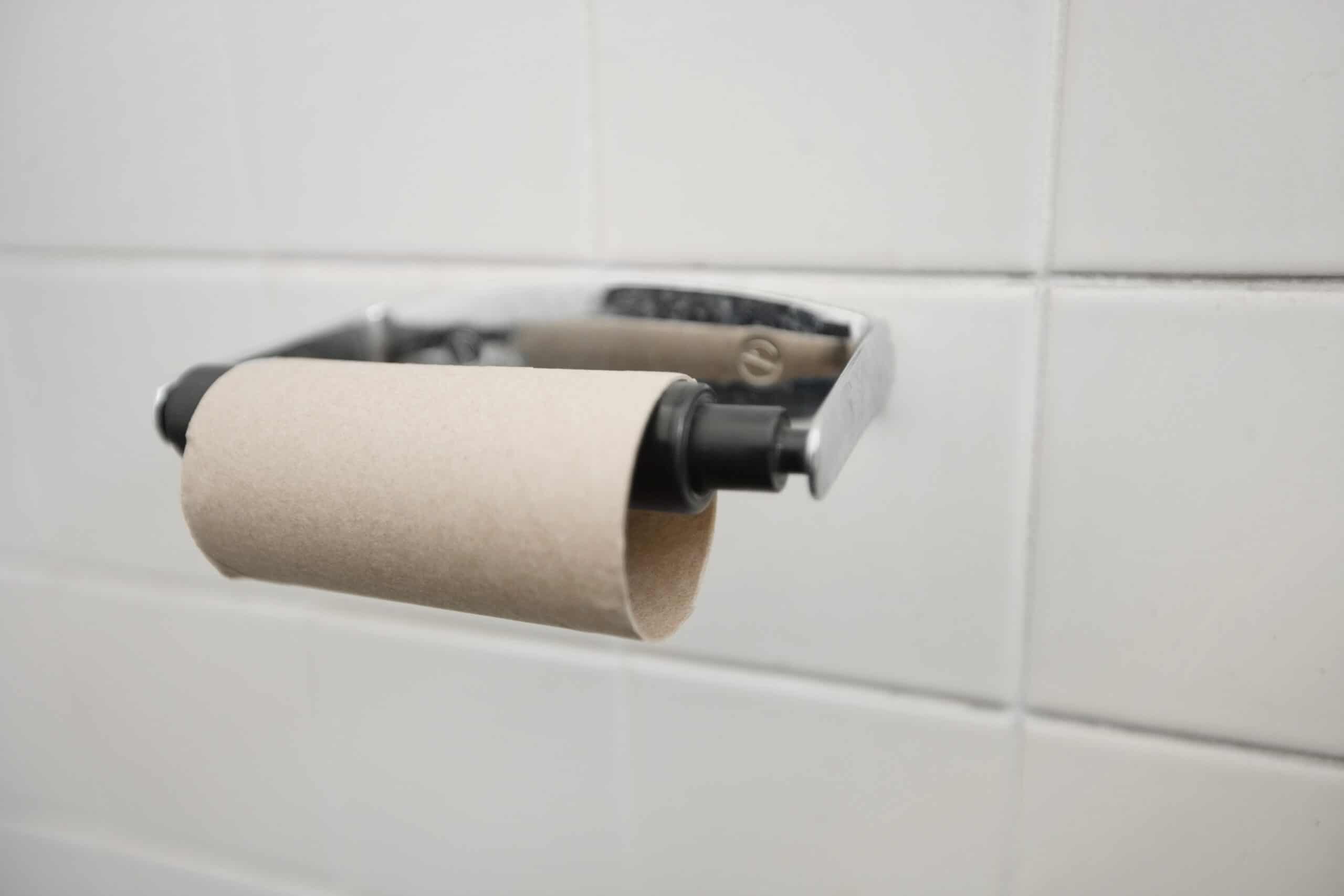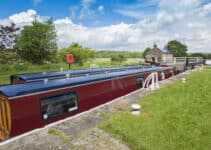Anyone that wants to get into narrowboating needs to tackle the big issue around toileting. You are no longer in a house with a convenient sewage system straight underneath! You need to find a way to deal with human waste within the confines of a canal boat! What option do you have? Let’s find out!!
Before we start, we also have an article on this website about housekeeping on a narrowboat. Read this if you are having problems with smelly toilets.
The Narrowboat Toileting Options
For obvious reasons, sea toilets that simply pump your waste overboard are not allowed or good etiquette on the canal network! So you will need some type of toilet with storage capabilities on your boat. This will store your waste (otherwise known as black water) in your boat ready for when you can offload at a marina or such like (don’t worry, they have special points for that).
The Incinerator Toilet
These are a fairly new addition to the world of narrowboating, but they have been used a lot in the RV world nonetheless.
The idea here is that your waste is incinerated/burned into a clean ash that you empty out.
This all sounds very convenient, right? Well, the downside is the cost. One of these toilets will cost in the thousands. Add to this the running costs of the electric and/or gas it will use per flush. You have to pay for convenience here.
The Cassette Toilet
If you can stomach coming into closer contact with your toilet waste, a cassette toilet if certainly the most convenient type. As the name suggests, the toilet has a cassette that you pull out of the toilet and dump out from time to time at the appropriate canal side waste points. You need to use a specific type of Elsan waste point for your cassette toilet.
Most Elsan waste points should have a tap to allow you to rinse out the cassette and rinse the tipping chute for the next person. No one wants to see other people’s black water 🙂
If you get really stuck, you could even dump black water from a cassette toilet into a public toilet, although this should only be in emergencies and ideally in a quiet public toilet (it can be quite smelly!). If you do this, make sure you take care and clean up after yourself!
This is a much simpler style of boat toilet too, not requiring a motor or any kind of plumbing. This means it is a lot easier (and cheaper) to install and maintain. This is why the cassette toilet is surprisingly popular among the narrowboat community.
The downside of this type of toilet is that it is relatively small in capacity, meaning you have to empty it every few days or so. Although you could buy more than one cassette if you don’t mind storing the full ones on your narrowboat 🙂
The original idea of cassette toilets was to add chemicals to stop them smelling. If you are going for an eco-friendly approach, this option is not for you.
The Pump Out Toilet
This type of toilet has a waste tank located on your boat. When you go to the toilet, the produced waste is pumped into the tank.
As this type of toilet pumps the waste to a secure and hopefully fairly remote location on your boat, it will smell less. However, the motor and plumbing required complicates (and increases the cost) of the whole thing. And a vacuum pump is required to get the waste out of the tank at a marina, which most will charge you for the privilege of using.
The main advantage here is you can often go for weeks rather than days before having to empty the tank of your pump toilet. The downside is that decomposing black water smells much worse after weeks 🙂 You will be pumping out your tank less than a cassette toilet but it will smell a lot worse!
The Composting Toilet
Last but not least, we have the more recent addition of the composting toilet. Well, I am sure composting toilets have been around for a while, but most people haven’t wanted to put them on a narrowboat until recently. The attraction of a composting toilet is the fact it is a more natural approach, not needing chemicals.
You put some type of material into the toilet to ‘compost’ your waste. I have heard anything from sawdust to coconut husk fibre being used. Even coffee grounds!! If you own a composting toilet you will need to find a material that you like, as this can be a rather personal thing.
A commercially made composting toilet will usually separate out the solid waste from the liquids, to cut down on smells and aid the composting process. They also have a fan that will suck out smells and exhaust out of your boat through a tube. If you don’t want a hole in the side of your boat, some also come with the option of a carbon filter to do the same.
We used to think that the waste from a composting toilet can be double bagged and thrown into a normal waste disposal point (where you throw kitchen waste, for example). With the liquid separated out and put down an Elsan point or public toilet. In February 2021, the Canal and River Trust threw a spanner in the works and asked boaters not to do this anymore. Meaning you need to find a proper way to compost what comes out of your composting toilet!
This would mean that you need to keep your half composted waste in buckets (with holes in the lid) on your boat for several months to let it fully break down. This then turns what used to be an attractive proposition for a narrow boat toilet into a bit of a nightmare! I don’t see many compost heaps at the side of the canal, so you don’t have much choice right now!
Another major downside of composting toilets is the fact they cost anywhere from five to seven times that of a cassette toilet (what is commonly found on a narrowboat). Not as crazy as an incinerating version, but still costly for what it is.
The way around this would be to make your own DIY composting toilet, but only a small percentage of people would realistically be comfortable doing this.
Some people have also found it hard to get hold of a good composting material at a low cost.
If you are able to fully compost your toilet waste, this does offer a natural option with little to no smell.
So, which toilet is best for a narrowboat?
Of course, everyone has their own personal preferences, but this is how I would look at it. If you are a large family with ‘heavy usage’ of a toilet, go for a pump out toilet with a decent size. Otherwise, just go for a cassette toilet. If you want to be more eco-friendly, you can either run the cassette toilet without chemicals or go for the more expensive composting toilet. An incinerating toilet is way too expensive and arguably unsafe on a boat, so I wouldn’t go near one. And if you want to ‘play’ with your poop for several months, the composting toilet is for you 🙂
What do you think? We would love to hear your ideas in the comments section below.



![What Happened to Cruising The Cut [Narrowboat Youtuber]](https://canalboatuk.com/wp-content/uploads/2022/08/cruising-the-cut-youtube-channel-211x150.png)
